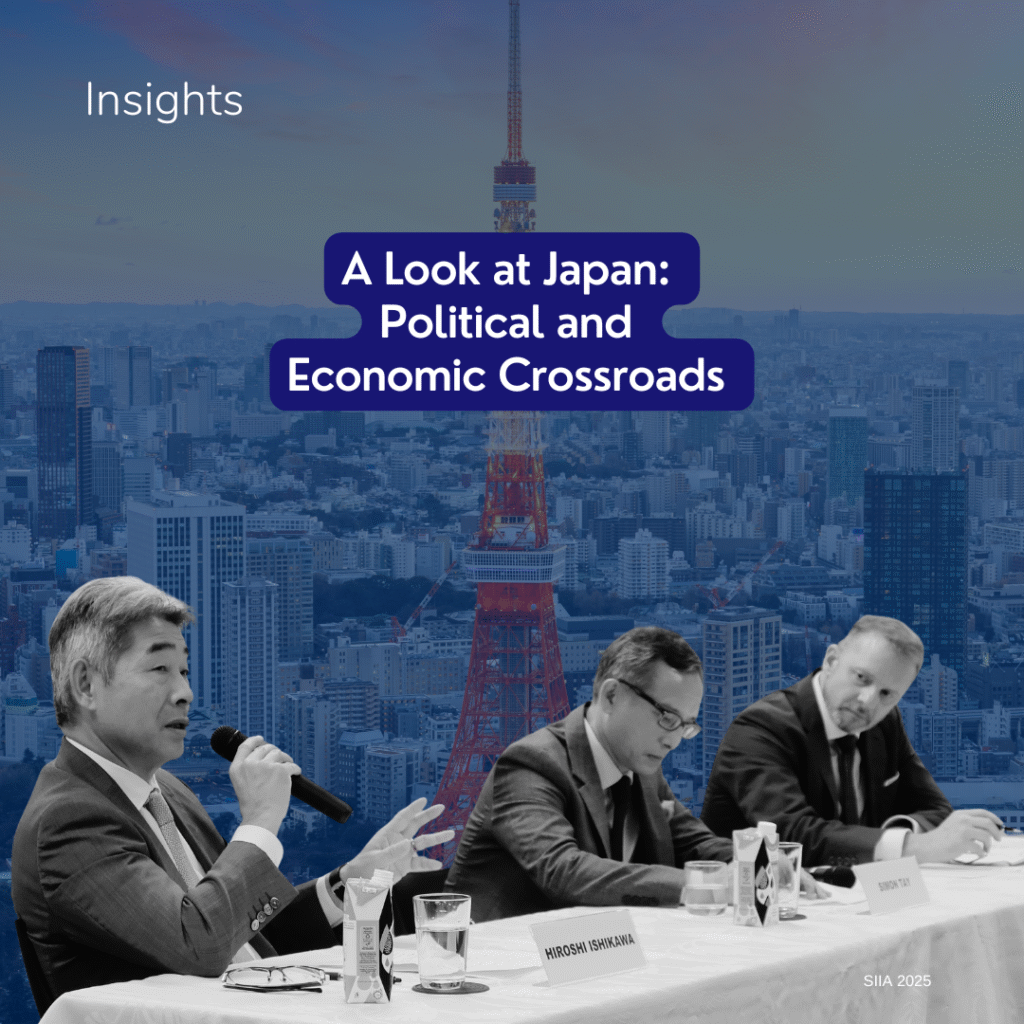ASEAN faces a long-standing challenge with the lack of good quality, adequate infrastructure. Governments need to meet the demand for infrastructure brought about by population growth and urbanisation, yet the rate of public sector financing for infrastructure development is unsustainable. Government financing accounts for 90 per cent of infrastructure expenditure in Asia, compared to a worldwide average of 40 per cent.[1] The gap between infrastructure needs and actual spending will grow more acute without increased private sector investment.
However, the region may be at a turning point. Domestic structural changes and slowing economic growth have prompted many ASEAN governments to make attracting infrastructure investment a top priority. Foreign initiatives such as China’s Belt and Road Initiative and Japan’s Partnership for Quality Infrastructure promise investment into infrastructure-starved ASEAN countries. At the same time, heightened global attention on climate change and international awareness of human rights have also shaped how people view and finance long-term infrastructure projects. Financial institutions tuned into the global conversation on sustainability have set sights on ASEAN’s infrastructure sector, which holds one of the largest green finance opportunities in the region – an estimated US$1,800 billion from 2016 to 2030.[2]
A new report by the Singapore Institute of International Affairs (SIIA), “Financing Sustainable Infrastructure in ASEAN”, examines the baseline of financing sustainable infrastructure in ASEAN, outlining the environment and social (E&S) standards, frameworks and principles currently adopted by Singapore-based financial institutions. The report highlights the challenges financial institutions face in channelling capital towards sustainable projects, as well as the government measures that could be applied to channel more financing for sustainable infrastructure. This is especially for the power and transport sectors, which the ADB has identified as having the largest climate-adjusted investment needs in developing Asia.[3]
The report identifies a lack of a common language around what sustainable infrastructure looks like in ASEAN. Financial institutions have either adopted international sustainability standards, frameworks or principles, or developed their in-house policies and guidelines to better identify and mitigate E&S risks. Beyond climate resilience, financiers and projects developers differ on the risks they consider, such as biodiversity, workers’ health and safety as well as restoration of affected communities’ livelihoods. The disparity in approaches suggests that these E&S risks are unlikely to be dealt with in a consistent manner.
More consistency in identifying E&S risks will improve the way these risks are mitigated not only at the planning stage but also throughout the project lifecycle. By putting in place measures to monitor and minimise the E&S impacts, financiers and project developers could enhance projects’ bankability and profitability.
At the same time, ASEAN governments can play a critical role in helping to facilitate more capital flows towards sustainable infrastructure. Singapore, for instance, established the Infrastructure Asia office in 2018 to link up industry players, multilateral development banks, and governments with infrastructure investment opportunities in the region.[4] The city state is already a significant source of funds and expertise for infrastructure projects in the region – an estimated 60 per cent of ASEAN projects have received loans or advisory services from Singapore-based banks.[5] As a regional infrastructure financing hub, Singapore can steer the direction of infrastructure development in this region towards a more sustainable path.
With many infrastructure projects yet to be constructed in ASEAN, the SIIA’s report hopes to bring different stakeholders to a common starting point so as to inspire further dialogue. The long-term nature of many infrastructure projects means that we have no time to lose. Beyond broad policy measures such as designing national sustainability plans or setting renewable energy targets, ASEAN governments need to consider more innovative means of catalysing sustainable infrastructure development. These could include tax incentives to encourage a transition to renewables, or blended finance models that make transportation projects more attractive to private players. Without taking the necessary steps to pursue sustainable infrastructure now, ASEAN’s current infrastructure growth may come at the cost of future generations.
The “Financing Sustainable Infrastructure in ASEAN” report is authored by the SIIA and the full report will be launched in November 2019. The SIIA would like to specially thank HSBC for its generous support (including sponsorship) and our Knowledge Partner, KPMG in making this study possible.
References
[1]Speech by Ms Indranee Rajah, Minister in the Prime Minister’s Office, Second Minister for Finance and Education, at the Singapore Regional Infrastructure Summit on 16 August 2019. Available: https://www.gov.sg/~/sgpcmedia/media_releases/mof/speech/S-20190816-3/attachment/Transcript%20of%20Speech%20by%20Minister%20Indranee%20at
%20Singapore%20Regional%20Infrastructure%20Summit.pdf
[2]DBS & UNEP (2017)“Green Finance Opportunities in ASEAN”. Available: https://www.dbs.com/iwov-resources/images/sustainability/img/Green_Finance_Opportunities_in_ASEAN.pdf
[3]ADB (2017) “Meeting Asia’s Infrastructure Needs”. Available: https://www.adb.org/sites/default/files/publication/227496/special-report-infrastructure.pdf
[4]Keynote Speech by Mr Heng Swee Keat, Deputy Prime Minister and Minister for Finance, at the OMFIF Global Public Investor Launch on 12 June 2019. Available: https://www.mas.gov.sg/news/speeches/2019/keynote-speech-by-mr-heng-swee-keat-at-the-omfif-global-public-investor-launch
[5]Speech by Senior Minister and Coordinating Minister for National Security, Teo Chee Hean, at the 5th Singapore Regional Business Forum on 15 August 2019. Available: https://www.pmo.gov.sg/Newsroom/SM-Teo-Chee-Hean-at-5th-Regional-Business-Forum
A report by
Sponsored by
Knowledge Partner






